Longtime U of Virginia Donors Give $57 Million for A.I. Research
The Chronicle of Philanthropy
NOVEMBER 6, 2023
Researchers and students will delve into the challenges, opportunities, and ethical implications the technology presents.
This site uses cookies to improve your experience. To help us insure we adhere to various privacy regulations, please select your country/region of residence. If you do not select a country, we will assume you are from the United States. Select your Cookie Settings or view our Privacy Policy and Terms of Use.
Cookies and similar technologies are used on this website for proper function of the website, for tracking performance analytics and for marketing purposes. We and some of our third-party providers may use cookie data for various purposes. Please review the cookie settings below and choose your preference.
Used for the proper function of the website
Used for monitoring website traffic and interactions
Cookies and similar technologies are used on this website for proper function of the website, for tracking performance analytics and for marketing purposes. We and some of our third-party providers may use cookie data for various purposes. Please review the cookie settings below and choose your preference.

The Chronicle of Philanthropy
NOVEMBER 6, 2023
Researchers and students will delve into the challenges, opportunities, and ethical implications the technology presents.

Candid
NOVEMBER 11, 2024
The 2024 AI Index Report shows rapid advancements in AI technology. In addition, the Human-Centered Artificial Intelligence Department at Stanford University focuses on human-centered AI, emphasizing the need for diverse voices in AI development to address ethical concerns.
This site is protected by reCAPTCHA and the Google Privacy Policy and Terms of Service apply.
Forecasting Failures Are Costly: Heres How To Fix Them
The Everyday Donor: Unlocking Prospecting Segments Through Behavior Analysis
What Your Financial Statements Are Telling You—And How to Listen!

Stanford Social Innovation Review
FEBRUARY 5, 2025
But as nonprofits consider how to incorporate AI into their work, many look to expertise from tech sector, expecting tools and implementation advice as well as ethical guidance. Imagining this future means not just reacting to emerging technology but proactively shaping its trajectory.

NonProfit Quarterly
MARCH 17, 2025
Emerging technological innovations in healthcare have the potential to transform public health and healthcare delivery systems, making them more efficient, personalized, and accessible. Emerging Technologies: Potential and Risks Technological innovations are often lauded as a panacea for global health challenges.

NonProfit Leadership Alliance
DECEMBER 4, 2024
Sector-specific fundraising needs informed by unique data, such as managing alumni giving at universities or grateful patient programs for healthcare organizations. Integrate AI Into Existing Processes Adopting new nonprofit technology , especially from an emerging field like nonprofit AI, might seem daunting.

NonProfit Quarterly
FEBRUARY 17, 2025
When we build AI, we must ask: Who benefits from this technology? Ironically, the technology that promises a more efficient future is also contributing to a great strain on the planets resources. 10 Protecting workers economic security requires policies that guarantee they arent left behind in the technological shift.

NonProfit Quarterly
MARCH 4, 2024
As organizations, networks, and individuals sought solutions, a movement to address inequality through technological innovation started gaining momentum. Understanding the cruel history behind many of the world’s leading medical innovations is a stark reminder that technology is not made out of thin air.

NonProfit Quarterly
MARCH 24, 2025
4 In practice, thats proven difficulta systematic review of American healthcare data done in 2011 revealed high rates of re-identification, raising ethical concerns. AI is transforming neuroscience, and addressing these issues is essential for any hopes of an ethical path forward. 3 By law, these must remain anonymous when used.

Nonprofit Marketing Guide
FEBRUARY 27, 2012
Westin, Professor Emeritus, Columbia University. Privacy rights are intensely personal, evolving as people, technology and social custom change. He lives in San Antonio with his wife Ann, a field leader in cyber security and a certified ethical hacker: their pillow talk, though dull, is encrypted and password protected. .
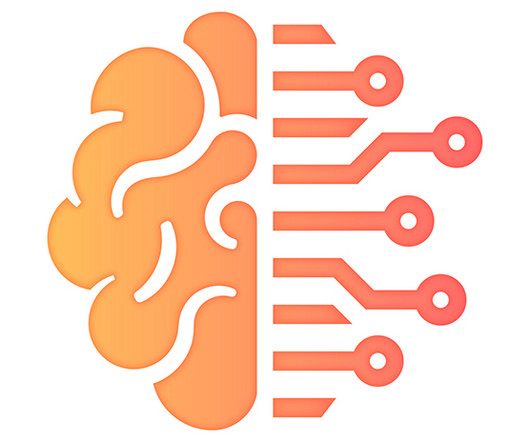
Stanford Social Innovation Review
SEPTEMBER 7, 2023
It has moved past stage one, “innovation trigger,” wherein the technology shows up everywhere all at once, and is now at its “peak of inflated expectations.” ” We have seen this cycle many times before with technologies like personal computers, mobile phones, and social media. Now at KFCheese!”

NonProfit Quarterly
DECEMBER 21, 2023
Not only has AI forever altered the technological landscape, but it also carries monumental and potentially corrosive impacts on the economic, political, and interpersonal terrain that makes up our everyday lives. Among the most recent and rapid developments of AI is facial recognition technology.

Candid
SEPTEMBER 6, 2023
colleges and universities jumped by 10.2% , amounting to $13.5 Whether you’re a development officer at a university, a nonprofit partnering with a local college, or a grateful alumnus seeking to give back, today’s changing landscape of alumni giving will likely impact you. Griffin, gave Harvard University a $300 million gift.

Bloomerang
MAY 6, 2021
Technology Goes Mainstream. At the time, Mark Zuckerberg was at Harvard University, and he developed it with his fellow students and friends, Eduardo Saverin, Andrew McCollum, Dustin Moskovitz, and Chris Hughes. students at Stanford University. The origins of what became Google began as a research project.

Stanford Social Innovation Review
NOVEMBER 7, 2022
” This approach constrains the universe of choice for policy makers and doesn’t advance our understanding of why some programs work and others do not. .” Others have made similar points in the context of evidence-based practices, noting how difficult it is to use evidence to predict “what works.”
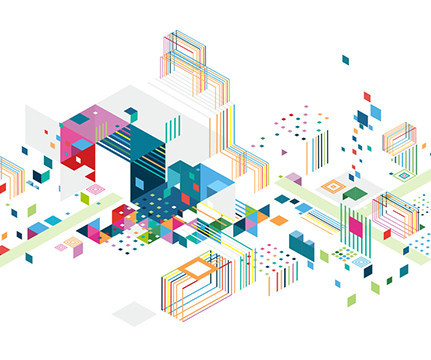
Stanford Social Innovation Review
SEPTEMBER 29, 2023
These skills helped Leuven, Belgium—named the European Capital of Innovation in 2020—develop what Mayor Mohamed Ridouani calls a “radical participation approach” to climate change: Leuven 2030 brings together more than 600 government, nonprofit, university, and business partners together under a plan to make the city carbon neutral by 2050.
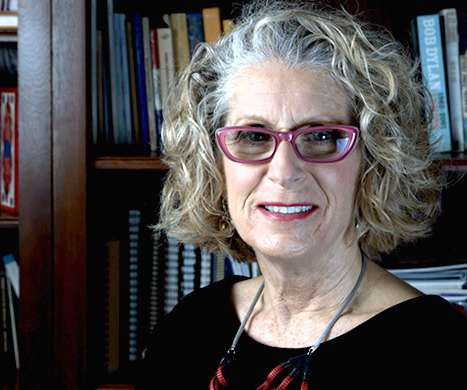
Bloomerang
MAY 11, 2021
Prior to Bloomerang, he was the CEO and Co-Founder of eTapestry for 11 years, which at the time was the leading SaaS technology company serving the charity sector. He currently serves on the board of the Center on Philanthropy at Indiana University and is the past AFP Ethics Committee Chairman.

Philanthropy 2173
NOVEMBER 30, 2023
Escher, Relativity Stairs Imagine a large - no, bigger, much bigger - nonprofit hospital, university, housing developer, or after school program. Right now, there are 13 universities in the U.S.A. with more than $10 billion endowments (one of which is a "public" university), with the largest topping $50 billion. There is one.

NonProfit Hub
FEBRUARY 21, 2020
University and hospital fundraising. One of the best applications of AI can be seen in hospital and university fundraising. Hospitals and universities rely on research to narrow down donor prospects as well as finding new potential donors.

Stanford Social Innovation Review
APRIL 27, 2023
The fact is, we are in a transformative era where the speed of technological advances and exponential data growth has already changed how we work and live. According to IBM’s research, “While these [budget, technology, and talent] barriers are common across sectors, nuances of the nonprofit industry intensify the effects.
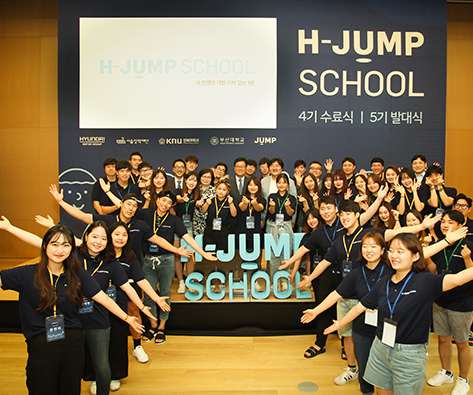
Stanford Social Innovation Review
FEBRUARY 8, 2023
Since its founding in 2011, Jump has experimented with a variety of governance approaches and identified a range of insights that can help other new nonprofits ethically and effectively pursue their missions. This includes the value of experimentation. According to a 2019 survey of program participants, 66.7 percent improved their grades.

Fundraising Leadership
JANUARY 6, 2023
That statement has been universally and historically viewed as a compliment to an employee, colleague or leader. When people’s livelihoods are on the line, the AI used to influence those lives must be as open, transparent and ethical as possible. AI is changing the workplace and gender bias is a distinct factor. They have skills.”

Philanthropy 2173
DECEMBER 6, 2023
Photo by Enrique Macias on Unsplash Open source technology has a long history of being a counterbalancing force to closed, proprietary systems. Today, in the AI battles, Facebook/Meta, IBM and Oracle, along with universities and the National Science Foundation, announced the AI alliance - dedicated to open AI models.

Stanford Social Innovation Review
APRIL 22, 2024
By Natalia Kucirkova Educational technology, or ed-tech, shares some crucial similarities with fintech. The " 5Es of impact ," efficacy, effectiveness, ethics, equity, and environmental impact, are the key impact indicators in educational interventions and all five align with the SDGs. However, this model is not universally preferred.
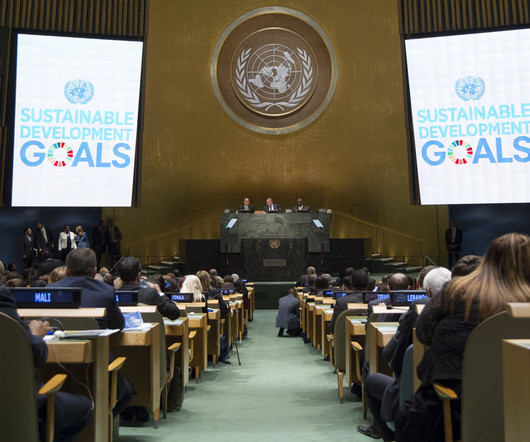
The NonProfit Times
JULY 17, 2024
The Millennium Development Goals (MDGs), the predecessor of the SDGs, saw considerable progress due to developments in Information and Communication Technologies (ICTs). The effectiveness of AI tools also requires grappling with responsible AI considerations, including ethical principles, risks, and data privacy.
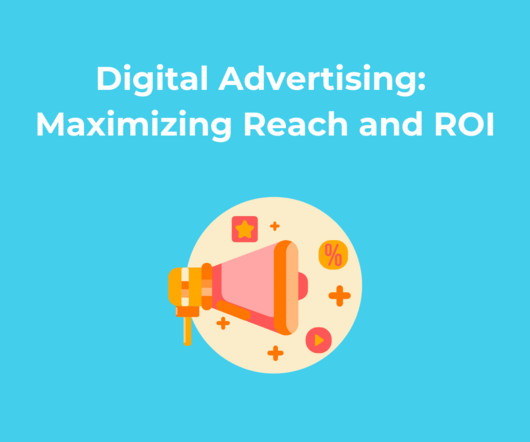
Nonprofit Marketing Insights by GlobalOwls
SEPTEMBER 1, 2023
Understanding the nuances of various online advertising channels, methods to maximize reach, increase ROI, and the critical role played by advanced tools and technologies form the basis of the intriguing world of digital advertising. Data analytics and marketing technology convergence empower businesses to fine-tune campaigns promptly.

Beth Kanter
MARCH 21, 2022
But this will only happen, when nonprofits use the technology thoughtfully, carefully, strategically and ethically. That’s why we wrote our book. You can read the article here.

Stanford Social Innovation Review
NOVEMBER 17, 2022
We won a Village Capital accelerator at the Ben Franklin Technology Partners in Philadelphia. Startups don’t have the same in-house staff as universities, larger companies, or INGOs. We were accepted into a prestigious impact accelerator in Norway. We pitched at multiple corporate-sponsored events.

iMarketSmart
MARCH 7, 2022
1] They purchased a $3 million fMRI machine for our university.[2] This hard science technology would be a perfect way to learn more about charitable decisions. Professor of philosophy Phil Hopkins explains, “Ethics, then, requires and is embedded in stories. University of the West of England. I was excited! de Waal (Ed.),

The NonProfit Times
MAY 20, 2024
There are many access points to this technology. The Tech Policy Lab at the University of Washington has developed a practice and guidance around writing data statements ( [link] ). Everywhere, we find AI in the tools we’ve been using for years offering to summarize threads for us. The answer: Use it.

Nonprofit Marketing Insights by GlobalOwls
OCTOBER 23, 2023
Seamlessly blend creativity and technology. The technology is intuitive, ensuring that everyone can be a creator. Universal Accessibility : Reach global audiences effortlessly. As with any technological advancement, the key will be to harness its potential responsibly and creatively. Let’s get into it!

iMarketSmart
MARCH 13, 2022
As neuroimaging technology evolved, a more detailed answer emerged. 2006) Ethics and evolution: How to get here from there. Princeton University Press; Yong, E. University of the West of England. Philanthropy is about social emotion. Identifying (perspective + empathy). A later study used more advanced neuroimaging.[11]

Nonprofit Marketing Insights by GlobalOwls
APRIL 2, 2024
The core skills for successful negotiations While negotiation strategies may vary, some core skills are universally crucial for success. Bazerman in ‘Better, Not Perfect’, negotiators can achieve more ethical and efficient outcomes. By incorporating philosophy and psychology into decision-making, as suggested by Max H.
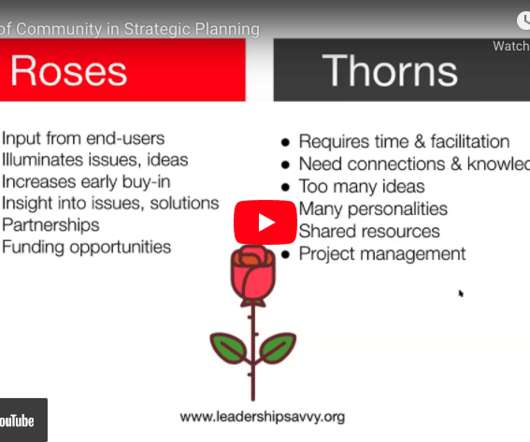
Bloomerang
SEPTEMBER 24, 2021
I’m a big believer about putting things into the universe. Of course, is it ethical? Our buddy, Maureen Wallbeoff is going to talk about how to get some ROI out of your technology investment. So I want you to be able to do that as I share examples, as I bring up tools today. The other thing is to write it down.

Stanford Social Innovation Review
JULY 1, 2024
But by “weaponizing” this technology, we’ve made it much harder to regulate, as it has undoubtedly led to policies aimed at stockpiling resources to achieve national supremacy over the tech. In fact, many of the ideas around what AI can achieve has been influenced by the notion that it’s as powerful as a nuclear weapon.
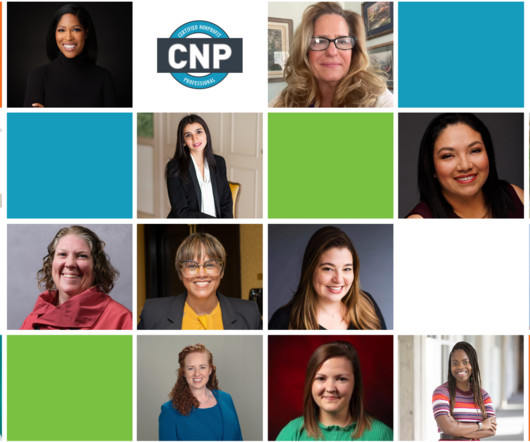
NonProfit Leadership Alliance
OCTOBER 18, 2023
Delphia Harris , Harris Homeownership Foundation Alayne Hersh , National Fair Housing Alliance Stacy Hill , Tomorro Dorian Hines , Momentum Nonprofit Partners Fiona Holmes , The Duke of Edinburgh’s International Award Nicole Kennell , MidSouth Immigrant Integration Network RoseMary Klie , Senior Director of Operations, Diabetes Foundation (..)

Stanford Social Innovation Review
MARCH 18, 2024
Instead, they can lean into the uniquely human elements of their job in ways that require emotional and contextual assessment and insight that technology cannot replicate. We’ve seen this same scenario play out with other technological leaps forward, time and time again. Nearly one in five home healthcare aides lives in poverty.
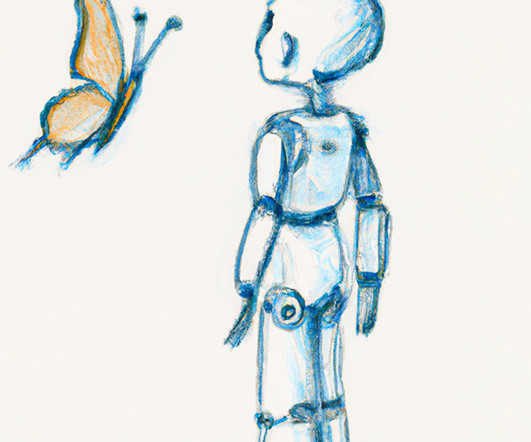
Stanford Social Innovation Review
SEPTEMBER 28, 2023
Others, like the Ford, MacArthur, and Hewlett Foundations, and Omidyar Network, have focused on building the capacity to address the risks and opportunities posed by a wide range of technologies, including, but not limited to, artificial intelligence. The future is now.

NonProfit Quarterly
FEBRUARY 17, 2025
Shannon Vallor: I think its important to recognize that AI is not one technology but many. They heavily overrepresent cultural artifacts produced by the wealthy and people who had access early on to digital technologies and the bandwidth to digitize their activities online. 1 Can you elaborate on that?

Stanford Social Innovation Review
MARCH 13, 2024
Over that time, I have witnessed an increased emphasis on naming opportunities for buildings and a decreased emphasis on ethical practice in capital fundraising where naming gifts often serve as marketing or reputation enhancing vehicles for donors that overshadow sincere charitable intent. This idea may not be as exaggerated as it sounds.

NonProfit Quarterly
MARCH 10, 2025
1 There we were taught the latest agricultural, home economic, and family health technologies that had almost no relevance to the agroecological and climate zones we lived in or the health problems that our people faced. 8 IJC uses technology to enhance the health impact of our work.

NonProfit Quarterly
FEBRUARY 24, 2025
This transition to the digital realm facilitated a brave new world of health advocacy, but it also magnified the digital divide that plagues society, exposing deep disparities in access to technology and digital literacy.3 Telemedicine, for example, powered by digital platforms, is a transformative force in improving access.

NonProfit Quarterly
JANUARY 16, 2025
Image Credit: Photo by Werner Pfennig on Pexels When former Massachusetts Institute of Technology (MIT) Media Lab Director Joi Ito met Jeffrey Epstein at a conference in 2013, it would lead to lab funding and investments in Itos funds powering startups. This crisis posed a serious threat to MIT and required a multipronged approach.

Stanford Social Innovation Review
APRIL 3, 2024
AI technologies are largely developed in the Global North–without necessarily considering differences across and within developing countries—and so, the international development community has an important role to play to support and advance approaches for more equitable AI. The danger of being gender “blind.”

NonProfit Quarterly
DECEMBER 12, 2022
1 While techniques of herding or trapping adult fish in shallow tidal areas, in estuaries, and along their inland migration can be found around the globe, Hawaiians developed loko i‘a that are technologically unique, advancing the cultivation practice of mahi i‘a (fish farmers). Stannard, American Anthropological Association 15, no.
Expert insights. Personalized for you.
We have resent the email to
Are you sure you want to cancel your subscriptions?


Let's personalize your content